Aiming High | Part 2 : James Shirley’s Season Begins

With the racing season now fully underway it’s time to check in with RADON Factory rider James Shirley again to find out how his season has gone so far and if his winter preparation paid off in the opening rounds of the EWS (Enduro World Series) and EES (European Enduro Series). After travelling to the other side of the globe and back to compete, James shares his thoughts on a life chasing podiums.
“I wasn’t originally planning on going to New Zealand but there were a few factors that changed my mind. The main reason was to do some promotional/marketing work for our sponsors with a videographer and another photographer. Secondly, I thought it would be a good opportunity to bond and spend time with my new manager Joost. The final reason for me was that I have a lot of good friends who live in Queenstown and it was a great opportunity to go and visit so I arranged to fly out a week before the other guys – just in time for Queenstown’s week-long mountain bike festival.
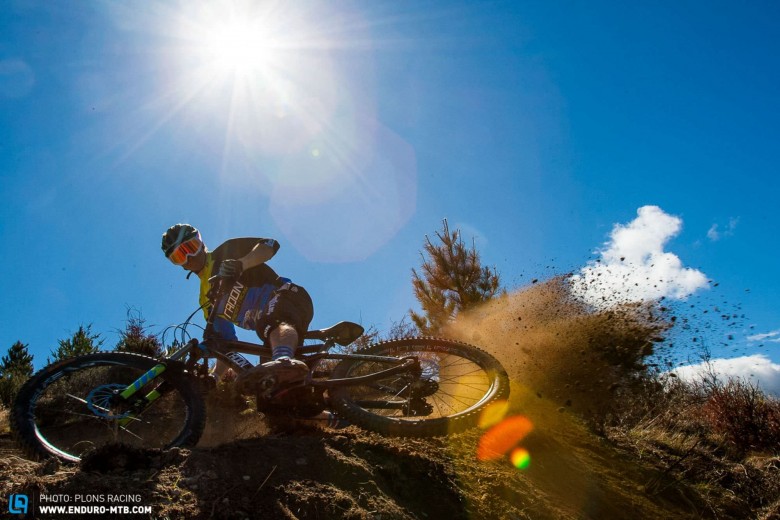
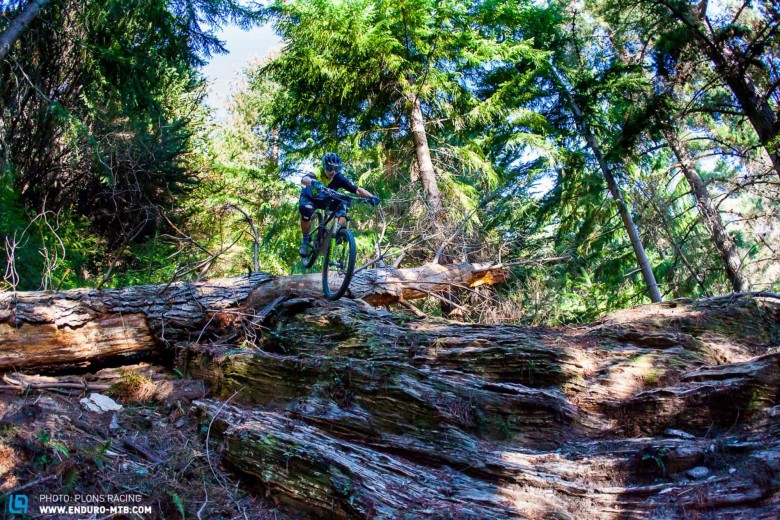
The first event on the list was the 6-hour Super D. It was a six hour long race and the aim was to do as many laps as you could. The loop involved the use of the Sky-line gondola and then a variety of trails on the way back down. The majority of it was easy bike park but there were some fun natural sections in the woods and a few nasty climbs which made my Radon Slide 160 the ideal weapon. I teamed up with my Irish buddy Dan Wolfe and I’m pleased to say that we won the race by a good margin. It was a fun day and I really relish that style of event. After the race it was time to relax and enjoy the other riding that Queenstown has to offer. They have so much quality stuff down there. A lot of the really great trails are still unofficial but if you go to any one of the bike shops and ask for some advice then they’ll point you in the right direct. The local bike scene is incredible with a wide range of knowledge and so many pinners.
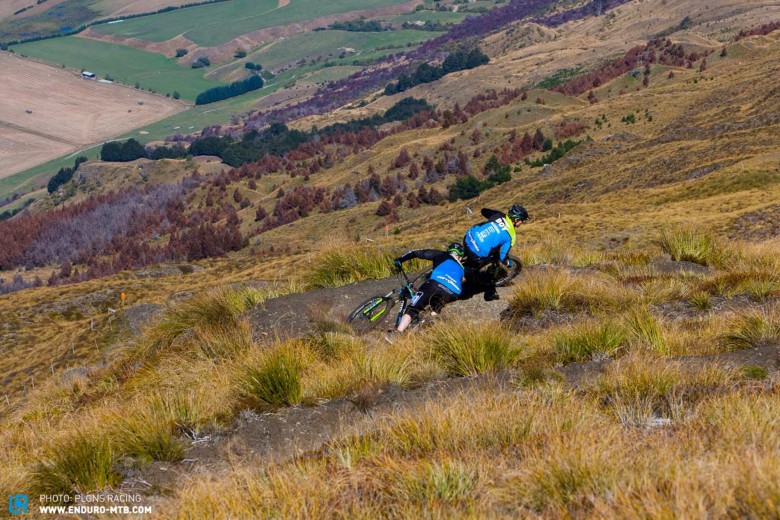
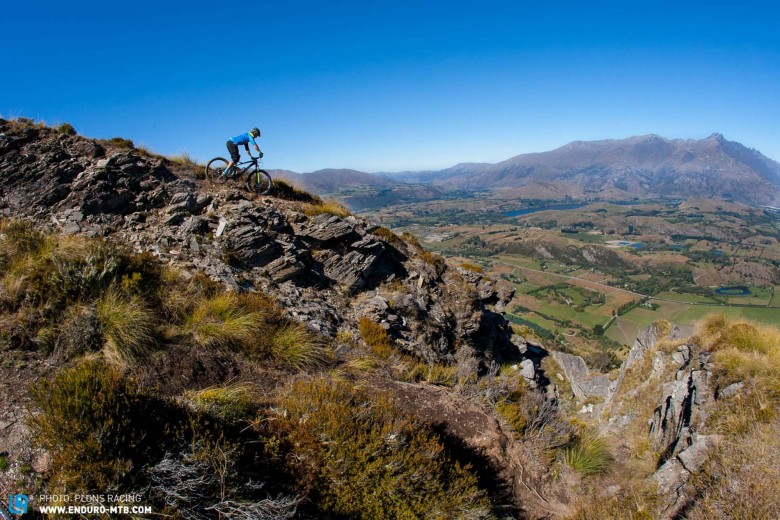
Soon enough it was time for the rest of the crew to join me and we set about business immediately. We got some great footage and stills around Queenstown before heading up to Nelson. Nelson is another brilliant riding destination but unfortunately we only had a couple of days until we had to pack up and drive to the North Island for the start of Crankworx. It was really interesting riding with Joost because we have such different styles. His background is in Olympic BMX racing and world cup 4x so he can boost the jumps and he can rail the berms. Even though he has been out of training for a while he still has incredible power and snap out of the gate – this is something which I can definitely improve on. I quizzed him a lot about his old training regime so I could try and incorporate some of it into my own schedule.
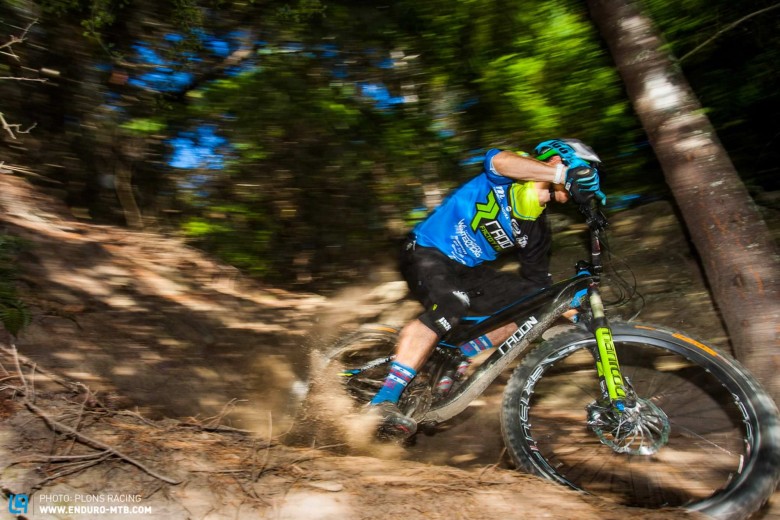
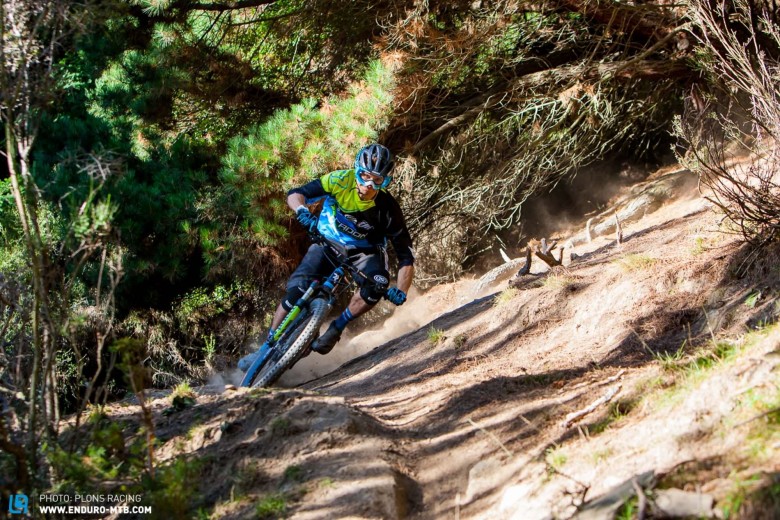
After a couple weeks of amazing mountain biking in the South Island it was a bit of an anticlimax to arrive in Rotorua. In comparison to what we were used to this place was very flat. I am often concerned about mountain bike trails that aren’t built on mountains. People try and build them with shallower gradients to make the most of the hillside but a fun trail like this is very difficult to achieve. However, the EWS in Rotorua wasn’t just an easy pedal fest. It actually turned out to be really slow and slippery with a few steep bits thrown in. Who knew it would rain in the rain forest? It seems as though the organisers were surprised by this as well. We travelled all day and night to make it in time for the ‘mandatory race briefing’ only to be told that no one was quite sure what the plan was because the trails were slower than expected and there wasn’t enough time in the day to fit it all in. To add to my frustrations, the cabin I was staying in turned out to be miles away with limited internet access which made it difficult to keep up to date with the race information as it trickled out onto the website and across via email.

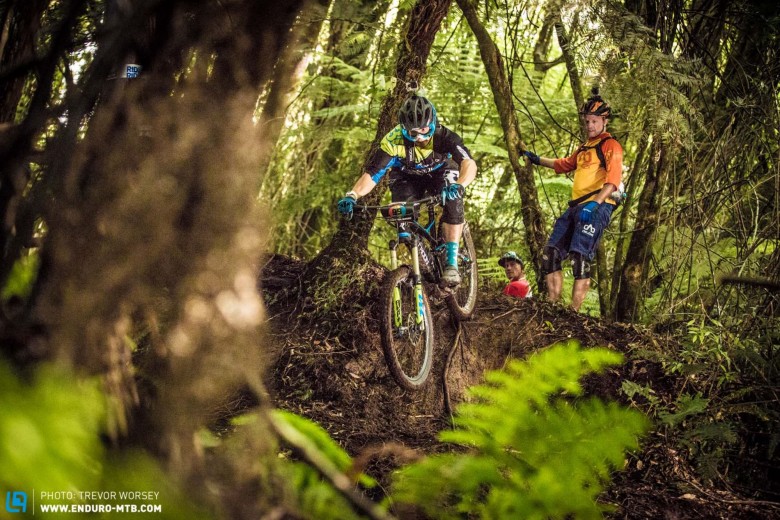
The race itself was hard. It was so flat and physical that I was exhausted by the time I came to the tricky bits and I basically flopped over the bars and sat on the ground for a couple of seconds. I actually decided that it was so fitness orientated that I would try running lighter, less grippy tyres. Maybe this was a mistake but I’m not sure. Did I crash because it was slippery or because I was trying too hard? One thing which is true is that you need enough fitness and power to have the speed required to get up the short climbs and over the obstacles. The biggest difference, in my opinion, between a lot of amateurs who race and the professional racers is fitness: Pro’s have more time to train. If Enduro is to be for everyone then I think the non pro riders would like less pedalling on the stages and steeper gradients too.

For me personally I believe steeper, technical riding is where the focus should be. It’s the type of stuff that all mountain bikers enjoy. What I don’t like for gravity orientated sports is when the emphasis on fitness begins to dominate. I need to be careful what I say here because if Enrico Guala is reading this then he is probably having a good laugh at my expense – he saw me making a total mess of one of the rooty sections at Rotorua where I ended up on the floor in the bushes during practice on stage 4. Oops!
I believe that many people don’t want to raise such issues like this in case they sound weak or pathetic but don’t get me wrong – I’m not scared of putting the effort in. In fact, some of the best stages I can think of have two steep technical trails linked up by a short climb in the middle. A climb like this is acceptable; I just don’t like it when the trails are flat. As for transitions, I think that tight times are ok but if you have to pedal fast all the way up then you shouldn’t have to pedal hard all the way back down. It could work well to have shorter times for faster categories but there should always be some additional time taken into account between each stage for mechanical issues or food stops.
Enduro racing has the potential to take you to places where people may not usually choose to go. That extra effort gets you somewhere more remote and further into the wild. Here you will find trails that are a bit more unusual – old steep abandoned footpaths with steps, loose boulders and numerous naturally technical obstacles. These trails were not originally designed for wheels but these trails are the ones I enjoy the most. Of course, there are always some aspects which need a little tweaking but the more natural the better in my opinion.
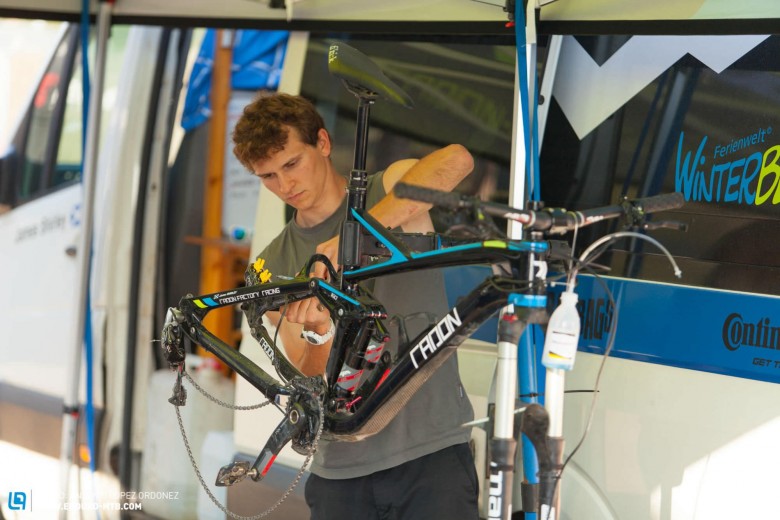
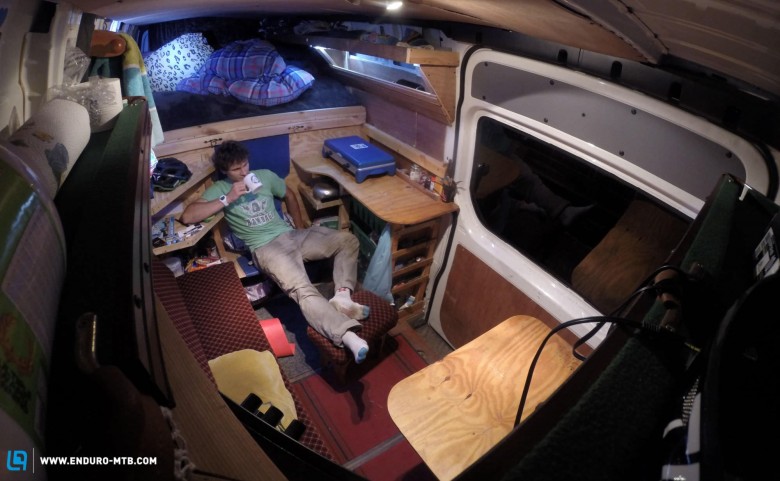
It must be very difficult to organise an event and to keep everyone happy; especially when it’s on a big scale. As a rider I try not to complain too much because at the end of the day a race is a race and it should be the same for everyone. Quite often I find an average venue or trail can be transformed through intense competition into something vastly more interesting as the riders try to push the limits of what is possible. I have a responsibility to be professional about what I do and say and I also believe, to a certain extent, in the concept of being an entertainer. Top level sportsmen could be compared to Roman gladiators doing battle in a modern less violent fashion. This is one thing that the EWS does really well: It showcases our arena and provides entertainment across various forms of media for the mountain bike world to enjoy. They do such a good job of marketing themselves, the top riders and the image of the sport. Without the EWS, Enduro would not be where it is now as its own discipline so they should take great credit for helping to develop the sport that we love.
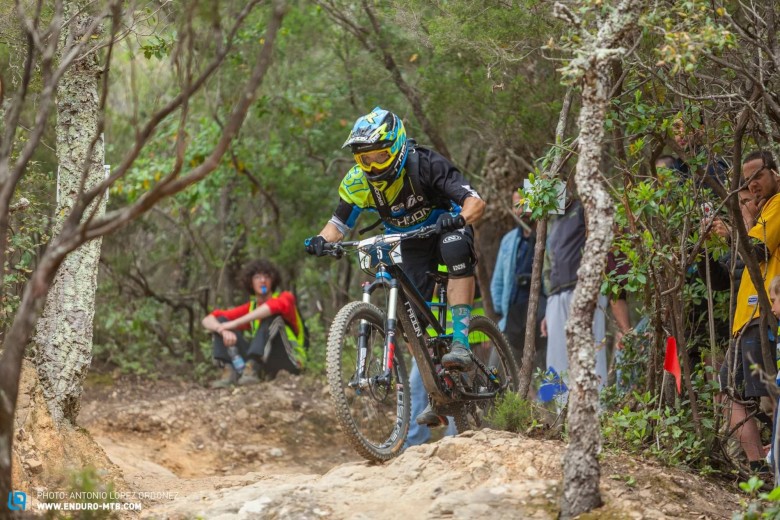
The EES (European Enduro Series) aims to be one tier below the EWS. It’s only in its second year but after having completed all of the rounds last year, I think it will make for a fantastic series in 2015. The venues on the calendar look great and they all have a reputation for technical riding. It is clearly a cheaper and simpler alternative to doing the whole EWS but I also find it much more enjoyable. There is a lot less tension in the air with less red tape and less confusion. The format is also good, consistent and reliable. I’d recommend it to anyone who wants to go racing and who wants to see new places. For these many reasons it is my main focus for the year.
Straight after the race in Rotorua I flew back to Italy – still based in Finale but this time in a different location. I had rent free accommodation but the catch was that I had to work hard to install a new kitchen and perform various other handyman tasks around the house. This tied in well with my training plans. I’ve been trying to focus more on quality rather than quantity to increase my power output. A main portion of my training diet has been thirty second sprints (in the saddle) with long rest periods in between. I have also included a lot of plyometric workouts which include box drops/jumps, lunge jumps, squat jumps and that kind of thing. This style of workout doesn’t take long but it does require a lot of recovery time which is good because I found myself to be exceptionally busy. As well as the house I had to prep my van (new parts, decals, documentation and a general tidy up) for its first proper race of the year – the first round of the EES in Punta Ala.
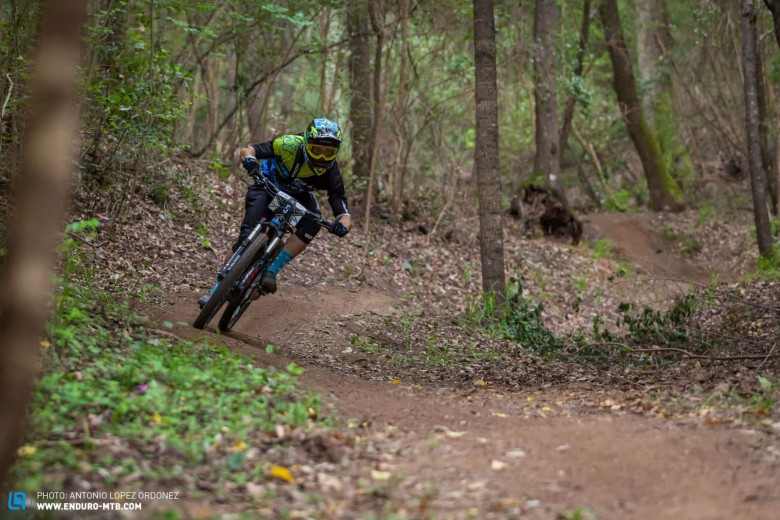
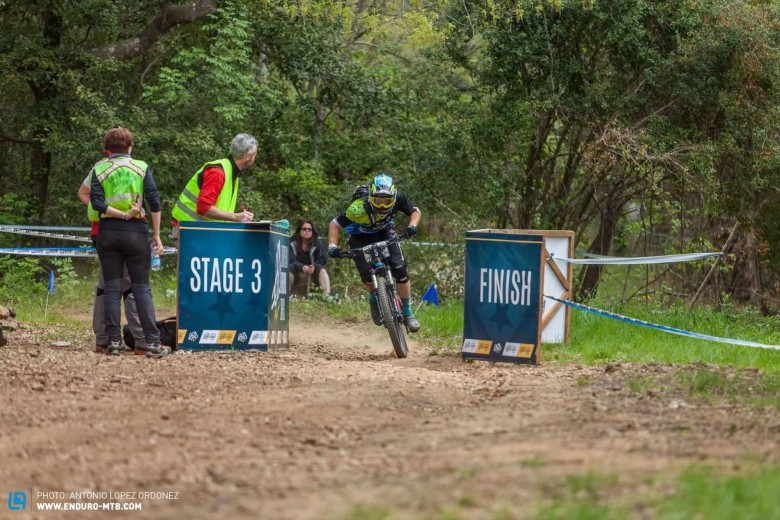
Punta Ala is a lovely location. It is known as a bike resort but not a bike park as such. There are a couple of companies who run off road shuttle services to the start of a few classic trails and the others are accessed via pedal power. The trails get a reasonable amount of use by tourists and an active local scene but a small trail team keep on top of maintaining the original footpaths used by an old charcoal industry. The race venue is situated on a campsite beside the beach with easy access to the hills. Note the use of the word ‘hills’ – this is Punta Ala’s only downfall because the trails aren’t that steep but they do have some really rough, tricky rock sections and some other parts that flow nicely. Despite a lack of altitude this has to be the most physical round in the series with long transitions and a total ride time of about 5 or 6 hours.
For the race itself I think I did ok. I took the wrong line in places but everyone makes mistakes and in the grand scheme of things I didn’t lose that much time. I was a bit cautious in places too – especially the first and last stages but I also got pretty wild and surprised myself (and the crowd) by how fast I rode other parts of trail. That is the best feeling when you are on the edge and truly committed. In the end I finished the day in 8th position which is solid. It doesn’t make me feel ecstatic but I am satisfied.
For future races I need to keep training hard. Although Punta Ala requires a high level of skill and good bike set-up to ride fast, a lot of time can still be gained or lost on the short climbs in the stages. Another big help would be to have my own mechanic. Some of the Cube riders were laughing at me because I took so long to fine tune my bike (which is true – I took ages) but it’s easy for them to say such things since they always have support in the pits, haha. This would free up a bit of time so I can look over my helmet cam footage and remember my lines a bit better for the next time. Thankfully Joost is already on the case and hopefully I can introduce you to my new partner in crime for the next article.”
Check out the previous parts of the series:
Words: James Shirley Photos: Assorted
Did you enjoy this article? If so, we would be stoked if you decide to support us with a monthly contribution. By becoming a supporter of ENDURO, you will help secure a sustainable future for high-quality mountain bike journalism. Click here to learn more.








